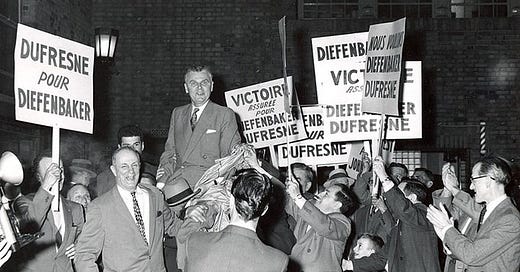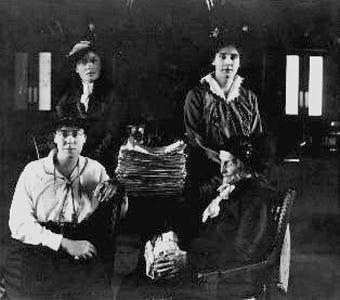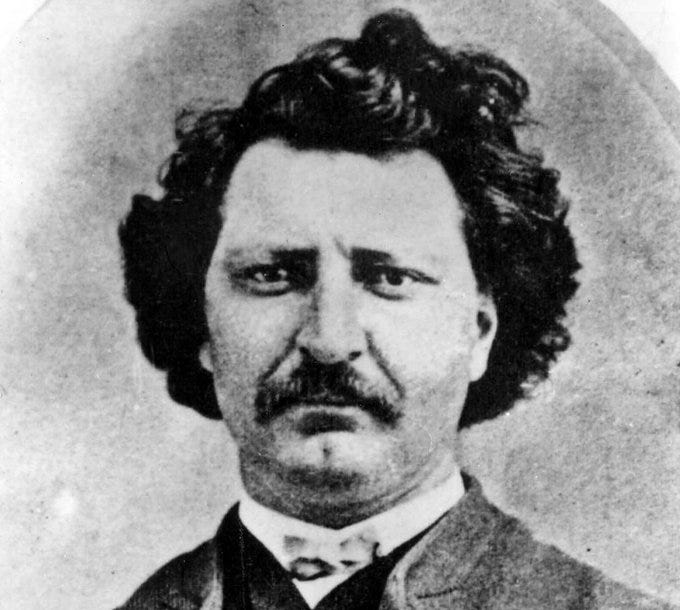Canada is in the midst of a federal election, the 45th election in our nation’s history. A lot has happened over the previous 44 elections and I thought it would be interesting to share some interesting facts from our federal election history.
So, let’s dive in!
The first two elections didn’t happen on a single day. While campaigns can be a month or more in length, election day is just one day. In 1867, the election was held from Aug. 7, 1867 to Sept. 20, 1867. The next election in 1872 was held from July 20 to Oct. 12.
Those first two elections also didn’t feature secret ballots. You had to announce who you were voting for when you went to vote. This allowed for a lot of corruption. The law was changed to allow secret ballots prior to the 1874 election.
The last time voter turnout was above 70% was in 1988 when it reached 75.3%. Since 1993, the highest turnout was 69% in 1993. The most recent election in 2021 had a voter turnout of 62.3%
Women first earned the right to vote in the 1917 election. Any woman who served in the Canadian Army as a nurse, or was a relative of a soldier serving overseas, could vote. On Jan. 1, 1919, all Canadian women (except Asian and Indigenous) gained the right to vote.
The least amount of seats won by the Official Opposition in Canadian history were the Conservatives in 1935 and 1940. In both years they finished with 39 seats.
Sir John A. Macdonald won the most elections of any prime minister with six. He won in 1867, 1872, 1878, 1882, 1887 and 1891. William Lyon Mackenzie King is second with five election wins.
Sir Wilfrid Laurier is the only prime minister to win four elections in a row. He won in 1896, 1900, 1904 and 1908.
The party to win the largest amount of the popular vote in an election were the Progressive Conservatives under John Diefenbaker. That year, his party won 78.5% of the vote.
After the Conscription Crisis of 1917 decimated Conservative support in Quebec, the party would not win the province again until 1958.
Eight of the lowest voter turnout elections have occurred since 1997, with 2008 being the lowest at 58.8%.
The oldest political party in Canada is the Liberal Party of Canada, formed in 1867. The next oldest is the Communist Party of Canada, founded in 1921. Of the elected parties in Parliament, the Conservative Party of Canada is youngest. It was formed in 2003.
The longest election campaign since 1872 was 78 days in 2015. The shortest election campaign since 1872 was 20 days in 1874.
The largest increase in seats from a previous election were the Liberals, who went from 34 seats in 2011 to 184 seats in 2015. It was increase of 148 seats, going from Third Party Status to a majority government. The first and only time that has ever happened.
Louis Riel was elected three times to the House of Commons from 1873-1874. He was stricken from the record three times but was always re-elected in the byelections. At the time he was wanted for his role in the 1870 Red River Resistance.
The worst collapse by a party in Canadian history occurred in 1993 when the Progressive Conservatives fell from a majority government of 156 seats to two seats, losing party status.
The largest percentage of seats ever won by a party was the Progressive Conservatives under John Diefenbaker in 1958. He won an astounding, 78.5% of the seats (208 of 265), 151 seats more than the Liberals.







